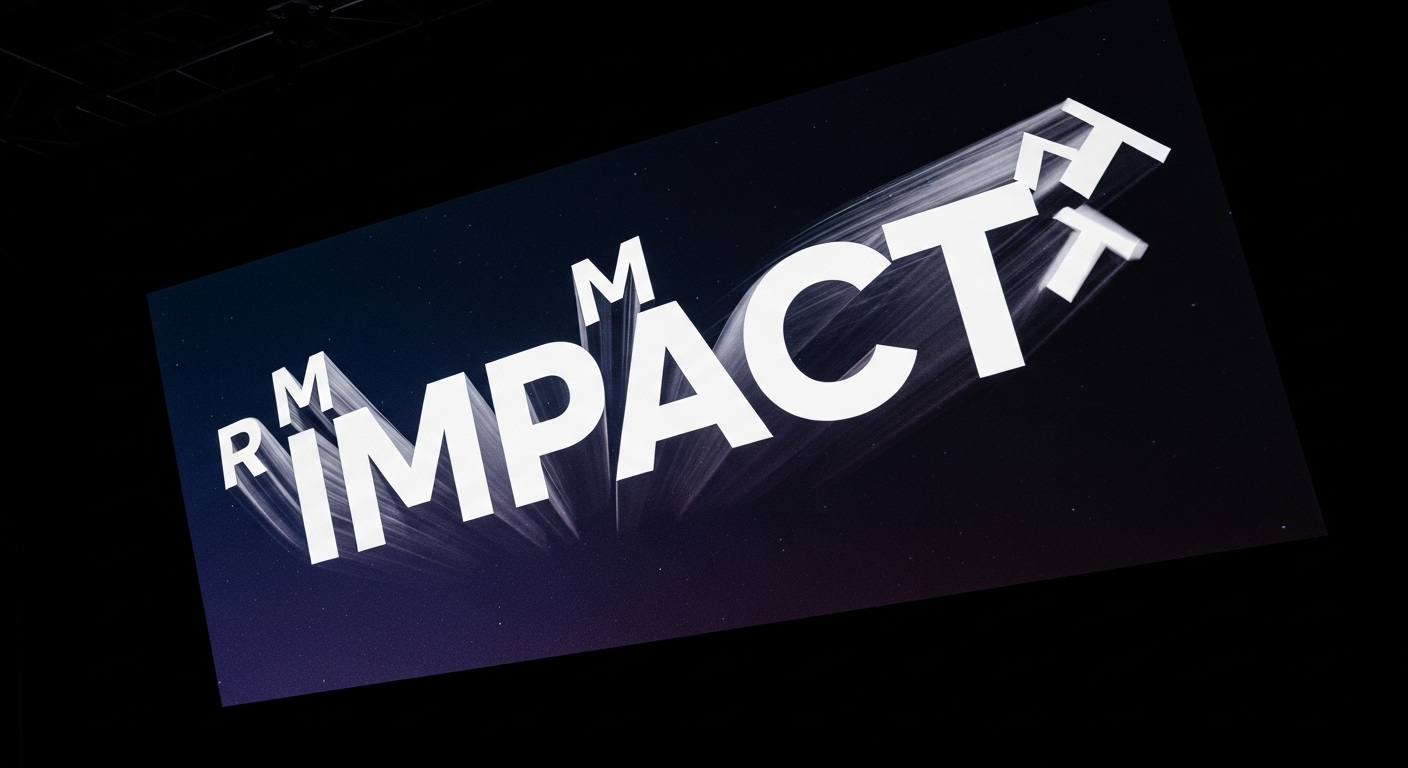Navigating the Financial Landscape of Higher Education: Student Loans and Scholarships
The pursuit of higher education is a significant milestone in many people's lives, but it often comes with a hefty price tag. For countless students and their families, the financial burden of university tuition, fees, and living expenses can be overwhelming. Fortunately, there are two primary avenues to help alleviate this financial stress: student loans and scholarships. Understanding these options is crucial for anyone planning to embark on their educational journey.

How can students find and apply for scholarships?
Scholarships are essentially free money for education, awarded based on various criteria such as academic merit, athletic ability, artistic talent, or financial need. Unlike loans, scholarships do not need to be repaid. Students can find scholarship opportunities through their high school guidance offices, college financial aid departments, online scholarship databases, and community organizations. The application process often involves submitting transcripts, essays, and letters of recommendation. It’s crucial for students to start their scholarship search early and apply to as many relevant opportunities as possible to maximize their chances of receiving aid.
What are the pros and cons of student loans?
Student loans can provide immediate access to funds necessary for pursuing higher education. They offer the opportunity to invest in one’s future when personal or family savings are insufficient. However, the long-term financial implications of student loan debt can be significant. Graduates may find themselves burdened with monthly payments for years or even decades after completing their studies. This debt can affect major life decisions, such as buying a home or starting a family. On the positive side, responsibly managing student loan payments can help build a good credit history.
How do scholarships impact a student’s financial outlook?
Scholarships can dramatically reduce the financial strain of higher education. By providing funds that don’t need to be repaid, scholarships allow students to focus on their studies without the looming stress of future debt. This can lead to improved academic performance and overall college experience. Additionally, winning prestigious scholarships can enhance a student’s resume, potentially opening doors to future academic and career opportunities. However, it’s important to note that some scholarships may have specific requirements, such as maintaining a certain GPA or participating in particular activities, which students must adhere to in order to keep their funding.
What strategies can students use to balance loans and scholarships?
Developing a comprehensive financial strategy that combines scholarships and loans can be an effective approach to funding higher education. Students should first exhaust all scholarship and grant opportunities before turning to loans. When loans are necessary, federal options should generally be prioritized over private loans due to their more favorable terms. It’s also wise for students to consider part-time work or work-study programs to supplement their income and reduce the amount they need to borrow. Creating a budget and understanding the full cost of attendance, including tuition, fees, books, and living expenses, is crucial for making informed decisions about how much to borrow.
What are the current trends in student loan and scholarship availability?
The landscape of student financial aid is constantly evolving. In recent years, there has been increased focus on addressing the student debt crisis, with discussions about potential loan forgiveness programs and reforms to the student loan system. Simultaneously, many institutions and organizations are expanding their scholarship offerings, particularly for underrepresented groups in higher education. Some universities are also implementing no-loan policies for low-income students, replacing loans with grants in financial aid packages.
| Type of Aid | Provider | Key Features | Average Amount |
|---|---|---|---|
| Federal Direct Subsidized Loan | U.S. Department of Education | Need-based, government pays interest while in school | $5,500/year (max) |
| Federal Direct Unsubsidized Loan | U.S. Department of Education | Available regardless of financial need | $20,500/year (max) |
| Private Student Loan | Various Banks and Lenders | Higher interest rates, credit-based approval | Varies |
| Merit-Based Scholarship | Universities and Private Organizations | Based on academic, athletic, or artistic achievement | $5,000 - $30,000/year |
| Need-Based Scholarship | Universities and Government | Based on financial need | Varies |
Prices, rates, or cost estimates mentioned in this article are based on the latest available information but may change over time. Independent research is advised before making financial decisions.
Navigating the world of student loans and scholarships requires diligence, research, and careful planning. By understanding the various options available and their long-term implications, students can make informed decisions about financing their education. While the process may seem daunting, the investment in higher education can yield significant returns in terms of personal growth, career opportunities, and lifetime earnings potential. As the educational landscape continues to evolve, staying informed about the latest trends and options in student financial aid remains crucial for aspiring students and their families.





